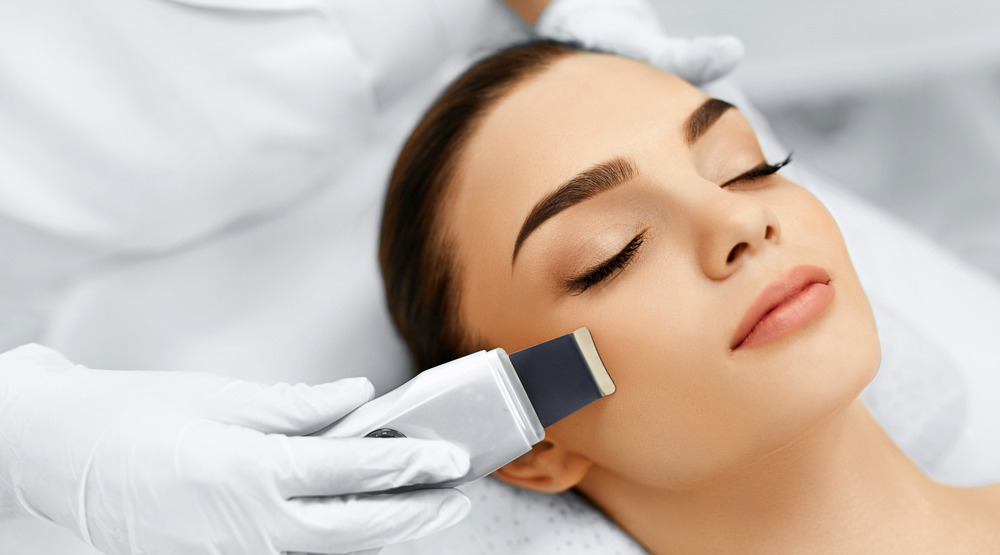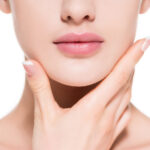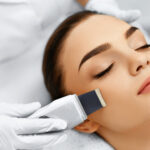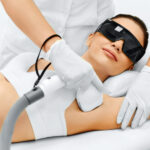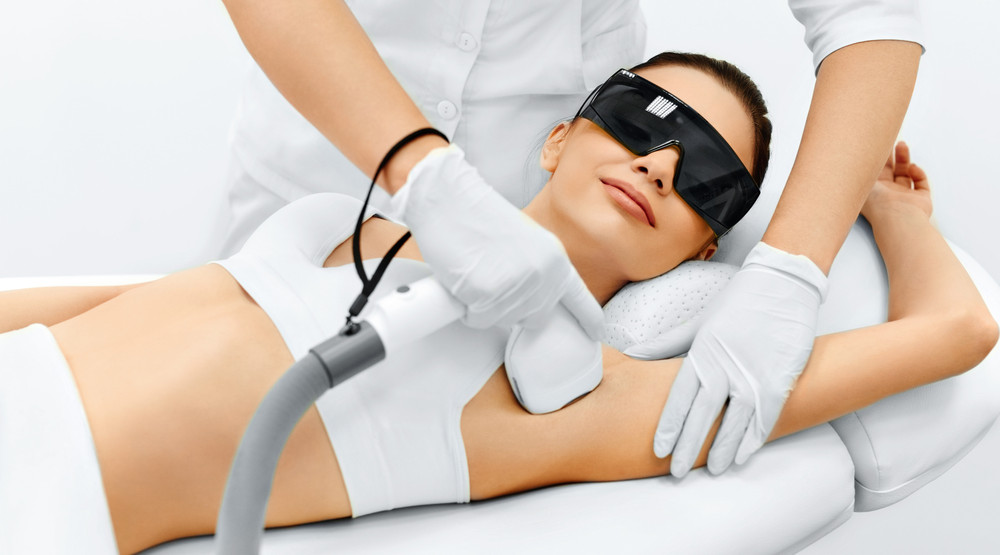Do you want to get rid of wrinkled, sun-damaged, or spotty skin and achieve a fresh, smooth and bright complexion? A skin peeling treatment could be the solution you’ve been looking for. Chemical peels, which infuse the skin with exfoliating acids to revitalize and revive dullness, are the key to rejuvenated skin.
What are skin peeling treatments?
A chemical peel is a procedure done by a dermatologist or qualified practitioner. It involves applying a chemical solution (typically an acid) to the skin and removing it after a set amount of time. The stronger the formulation and the longer it’s left on determines if the peel is light, medium, or deep.
Alpha (AHA) and beta hydroxy acids (BHA) are common elements in chemical peels. Alpha-hydroxy acids are a class of acid molecules generated primarily from plants. There are a number of different types, including glycolic and lactic acids. While they all work as chemical exfoliants on the skin’s surface, they differ in size, and thus penetration and efficacy.
Why are they so popular?
There is a peel for the most common skin issues. There is a skin peel for acne, for dry or oily skin and for reducing wrinkles and pigmentation. Skin peels are highly popular because it is one of most effective options that don’t require the use of needles or having to undergo surgery.
The most superficial of all chemical peels are light-duty peels. Because there is no downtime, they are the most popular and extensively used chemical peels.
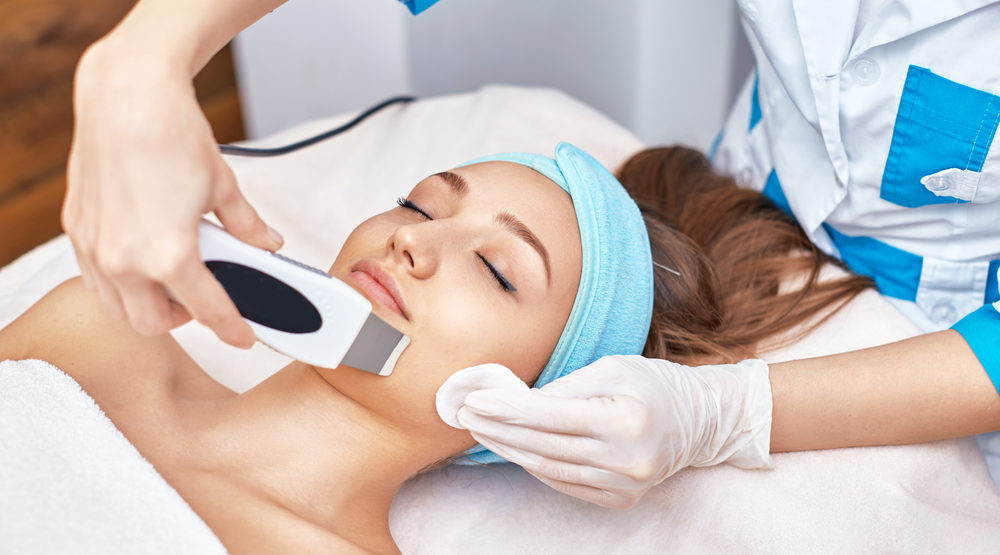
How do skin peels work?
When applied to the face, the solution penetrates the upper layers of the skin, allowing the peel to reach a specific depth. As a result, the skin peels, reducing sun damage, smoothing it out, and even healing acne. The dead skin cells that peel off are naturally replaced by new skin cells.
The strength of the peel applied will actually cause the face to peel. This is the normal part of the process in order to achieve optimal results.
Downtime after having a peel depends on the type of peel being done and how deeply it penetrates the skin. Afterwards, the skin may become red and irritated, but this is usually part of the peeling process.
What kinds of face skin peels are best for different types of skin?
Peels are generally classified by their ingredients. The chemicals in a peel may react differently depending on the skin condition. For example, pigmentation issues, and wrinkles respond well to a strong peel. One peel is not going to provide optimal results.
A few sessions or monthly peels is the best option to maintain healthy-looking skin. The best skin peels provide skin rejuvenation advantages, however, which peel to use depends on your skin type and condition.
Acne skin
If you are prone to breakouts and acne, a salicylic acid-based peel is the most effective as it is oil-soluble and penetrates deeply into the skin pores to clear congestion. This type of peel also has anti-inflammatory properties that can offer relief to inflamed breakouts. Topical acne treatments are a temporary solution while a skin peel exfoliates deep into the skin.
When done in a series of treatments, these skin peels improve mild to moderately severe cases of acne.
Dry skin
Peeling skin on face treatments that contain AHA are great for dry skin. This type of peel also contains glycolic acid that works on improving dryness, texture, and elasticity. The acid solution removes dry, dull layers and supports the production of collagen which help repair damaged cells and makes the skin lose its dry texture. These peels have humectant properties that help hold moisture in the skin and prevent it from drying out frequently. It also keeps the skin hydrated.
Oily skin
Getting skin peels in London that contain glycolic acid or beta hydroxy acid, works by removing dead skin cells and oils from the pores. When the skin is freed up from excess oil, the skin clears, and you have fewer breakouts. The peel solution penetrates into the pore, which contains oily sebum and exfoliates the dead skin cells that build up inside. This will leave your skin feeling and looking clean, glowing, and even-toned.
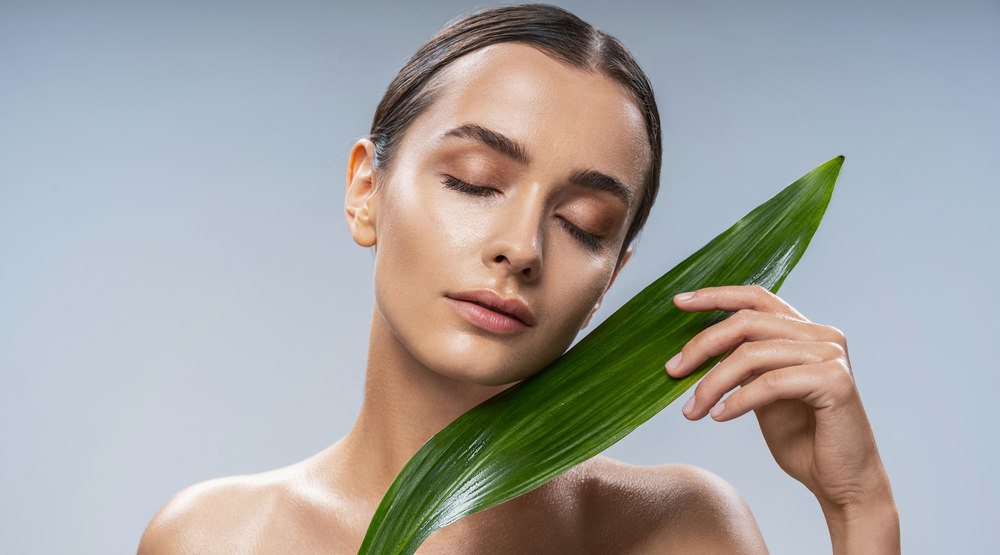
Who may benefit from skin peeling procedures?
Knowing what is skin peeling treatment on the face and what issues it can treat will help you determine if you’re a good candidate for this type of procedure. If you have large pores, sun-damaged skin, or want to reduce the appearance of wrinkles or pigmentation, or if you simply want to improve your skin’s tone and texture, then a skin peel is the answer.
When you have your first consultation, the trained specialist will advise on the best face peel for dry skin, the most suitable face peel for oily skin, or whatever skin condition you want to address. During the procedure, a specific acidic solution is applied to stimulate the skin exfoliation, depigmentation, and revitalization.
What effects can be achieved with regular skin peeling on face procedures?
Skin peeling is a popular and frequent procedure used for the treatment of aging skin, acne scars, and other skin conditions to improve vitality, texture, and skin tone. The skin peeling on face procedure treatment is widely used today as an alternative to laser or dermabrasion treatment.
It offers several benefits such as
- Reducing fine lines and deep wrinkles around the eyes and mouth
- Improving the appearance of mild scars
- Treating acne
- Reducing age spots, freckles, and pigmentation
- Enhancing the look and feel of skin
Although there is generally no downtime required after a peel, there are some precautions to take to avoid any unwanted reactions. It is important to protect the skin from the sun and wear oil-free sunscreen. Within the first 24 hours, it is best to avoid exfoliating at home as the skin is still sensitive to the peel.
Latest News
- August 25, 2021
- August 25, 2021
- July 21, 2021
- July 20, 2021
- June 21, 2021
